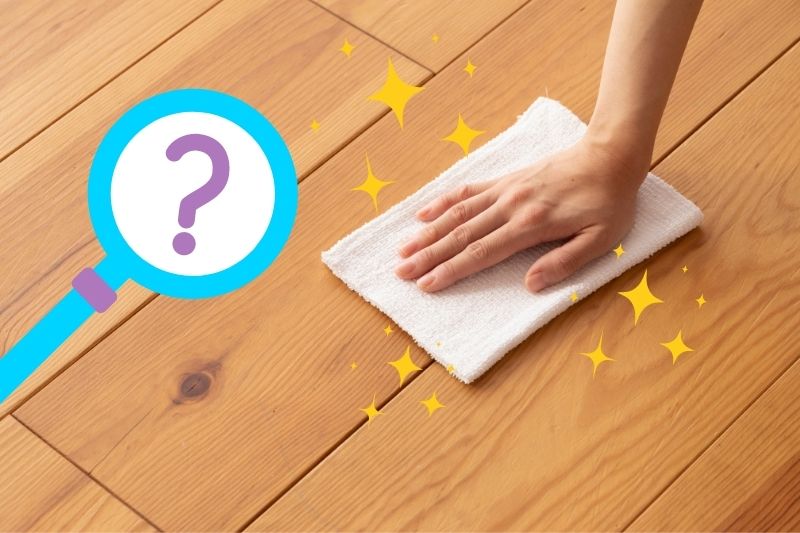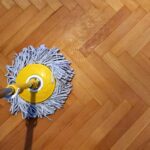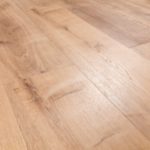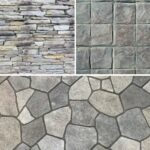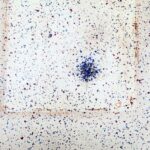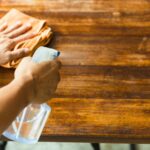A wooden floor adds style and beauty to any space. Hard flooring also increases your home’s resale value.
While wood is a durable flooring material, it does require some regular cleaning and maintenance.
Naturally, the floor takes a significant amount of wear from all the dirt, grime, and debris you bring from the outside. When neglected, your floor might develop permanent stains that cause expensive damages.
Using the wrong products while cleaning can do more harm than good. Use the steps below to clean your wooden floor effectively and without damaging it.
How to Clean Solid Wood Floors
1. Clear the floor
First, clear the floor by moving furnishings, electronics or other items out of the way. When handling large items, use furniture pads to avoid scratches.
If you live in a smaller space, you can stack things on one side of the room and them move them to the other side after cleaning. This will help ensure that you clean even the hard-to-reach areas.
2. Vacuum the floor

Next, use a vacuum cleaner to suck up loose dirt, hair or pet dander from the floor.
A vacuum cleaner will even help remove dirt particles from cracks and crevices on your wooden floor.
Before vacuuming, it’s good that you first check the inside of the vacuum cleaner for any stuck debris. Sometimes coffee grounds, gravel, and other particles may get embedded in the vacuum cleaner and potentially scratch the floor.
Use a vacuum cleaner designed for hard surfaces with good suction power. It’s a good idea to use a canister vacuum rather than an upright vacuum since it has a long oval brush that can move through tiny spaces.
You can still use an upright model, but turn off the rotating brush so that bristles won’t damage the floor finish. Other options include cordless or automated vacuums.
3. Use a floor cleaner
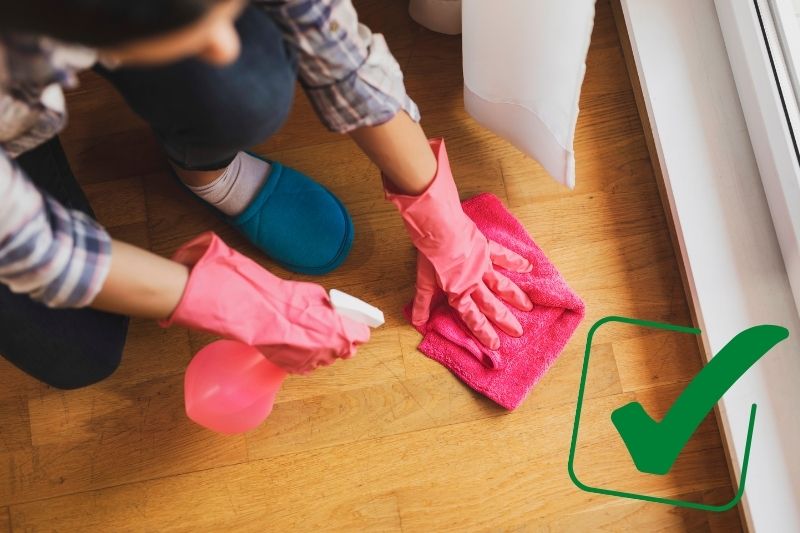
You can opt for concentrate or pre-mixed floor cleaner. If you choose to dilute it yourself, always follow the manufacturer’s instructions. Keep in mind that too much of the cleaner can ruin the floor surface.
Alternatively, mix dish soap with water in a bottle and spray it on the floor. If your floor has an oil, monocoat, or wax finish, avoid using water.
Whenever you introduce a new cleaner, it’s good to test it in a small space. Spray it on the floor, in the corner of a less frequently used room, give it a few minutes, then wipe it off. Check for signs of discolouration, stains, or bubbling on the floor finish.
4. Clean with a mop

Use a damp mop and clean a small floor section at a time, starting from the corner towards the door of each room.
Use an S motion and lead with the same side each time to avoid spreading dirt around.
Change the dirty water each time you move to a new room for maximum efficiency. It’s good that you use a microfiber mop and wring it out before mopping your floor.
Note that leaving huge water puddles on the floor will cause moisture to accumulate between the boards. Over time, the water will damage your wood flooring.
Some cleaning products require rinsing, so you need to check this. In such a case, dip your mop into a bucket of water, rinse the cleaner off, and then completely dry the floor.
5. Routinely clean high traffic areas
Create a cleaning routine for high-traffic areas like the kitchen, hallway and entrance. Such places tend to accumulate dirt and grime faster, so sweep or vacuum them daily. Mop the floor in high-traffic areas at least twice or thrice per week, and once or twice a month for the low traffic spaces.
Maintaining Solid Wood Floors
Deep clean the floor
The best way to maintain your hardwood floor is by routinely cleaning it to prevent dirt build-up. But over time, oil, grime, grease and dirt can accumulate, and you will need to give it a deep cleaning. Do this once or twice a year.
Sometimes residues from commercial floor cleaners can make your floor look dull. You can try cleaning your floor with vinegar. It can also dull some finishes, so you may want to test it on an inconspicuous part of the house before applying it to the entire floor. Only use white or cleaning vinegar, not balsamic or red vinegar.
Begin by clearing the furniture, sweeping or vacuuming to remove debris. Mix a cup of vinegar with a gallon (4.5 litres) of water, and wet mop the entire floor.
Concentrate more on areas with spots. You can even apply some deep cleaning products, but ensure that you follow the manufacturer’s instructions.
Mop the floor again, checking for areas that need deep cleaning. Wipe off the excess liquid immediately, open the windows or run your heating unit to speed up the drying process.
You can use a soft cloth to buff the floor if you want to achieve a shiny appearance.
Wipe off spills immediately
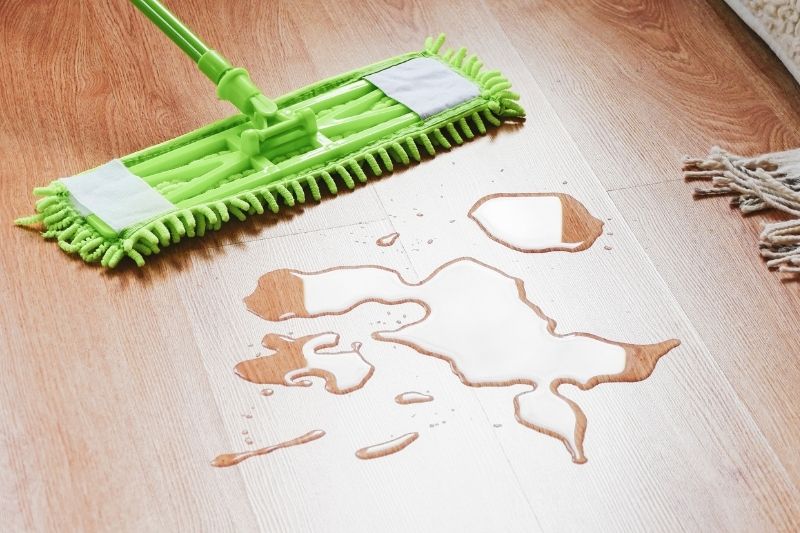
Never ignore any sticky or wet spills. Wipe them immediately and dry the floor as quickly as possible. When you leave liquids standing on the floor, the wood will absorb it, which causes stains and weakens the timber. Spills will also dull the floor finish and attracts more dirt.
Remove stains gently
When it comes to removing stains, the cleaning method should depend on the type of stain and your wooden floor’s finish.
If the stain is on the wood’s surface, this means that your floor has a urethane hardwood finish. Some older homes may have a soft oiled finish instead, which allows stains to penetrate to the wood.
If you have the hard finish, use a soft, damp cloth to scrub the stain, rinse and dry the area. Note that using sandpaper, steel wool, or harsh chemicals to clean stains on the hard floor finish can cause permanent damage to your floor.
There are various solutions to eliminate stains on a hardwood floor with soft oil finishes. Use 0000 steel wool and floor wax to clean the watermarks or any other white stains. For stains that go deeper into the wood, sand the floor, then finish off with fine steel wool scrub.
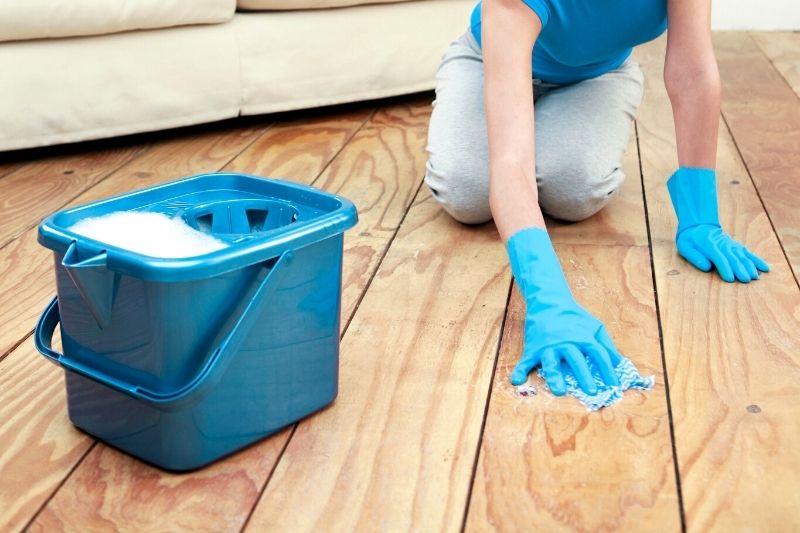
On the other hand, use dish soap and a clean damp cloth to clean oil-based stains. Rub the area gently, then rinse off with clean water. Repeat the procedure until you get rid of the stain completely, then dry the floor.
You can scrub heel marks and dark stains on your floor with steel wool and floor wax. For more stubborn stains, soak the area for a few minutes with vinegar, then rinse off with a damp cloth.
If you spot stains in areas with a worn-away finish, call a professional to sand and refinish the floor. Polishing and waxing your hardwood floor will also help minimize scratches and add more shine to your floor.
Conclusion
Installing a solid wood floor is a substantial investment, and the best way to preserve it is by cleaning it correctly.
With the right amount of care, your floor will last for years. Remember that not every type of hardwood requires the same level of care, so understand your floor.
Clean high traffic areas more often than less frequently used areas. Removing your shoes before you get into the house is another great way to minimise dirt accumulation.

In The Wash is your guide to the best laundry and cleaning products, tips and tricks. Our mission is to solve the UK’s cleaning and laundry dilemmas!
